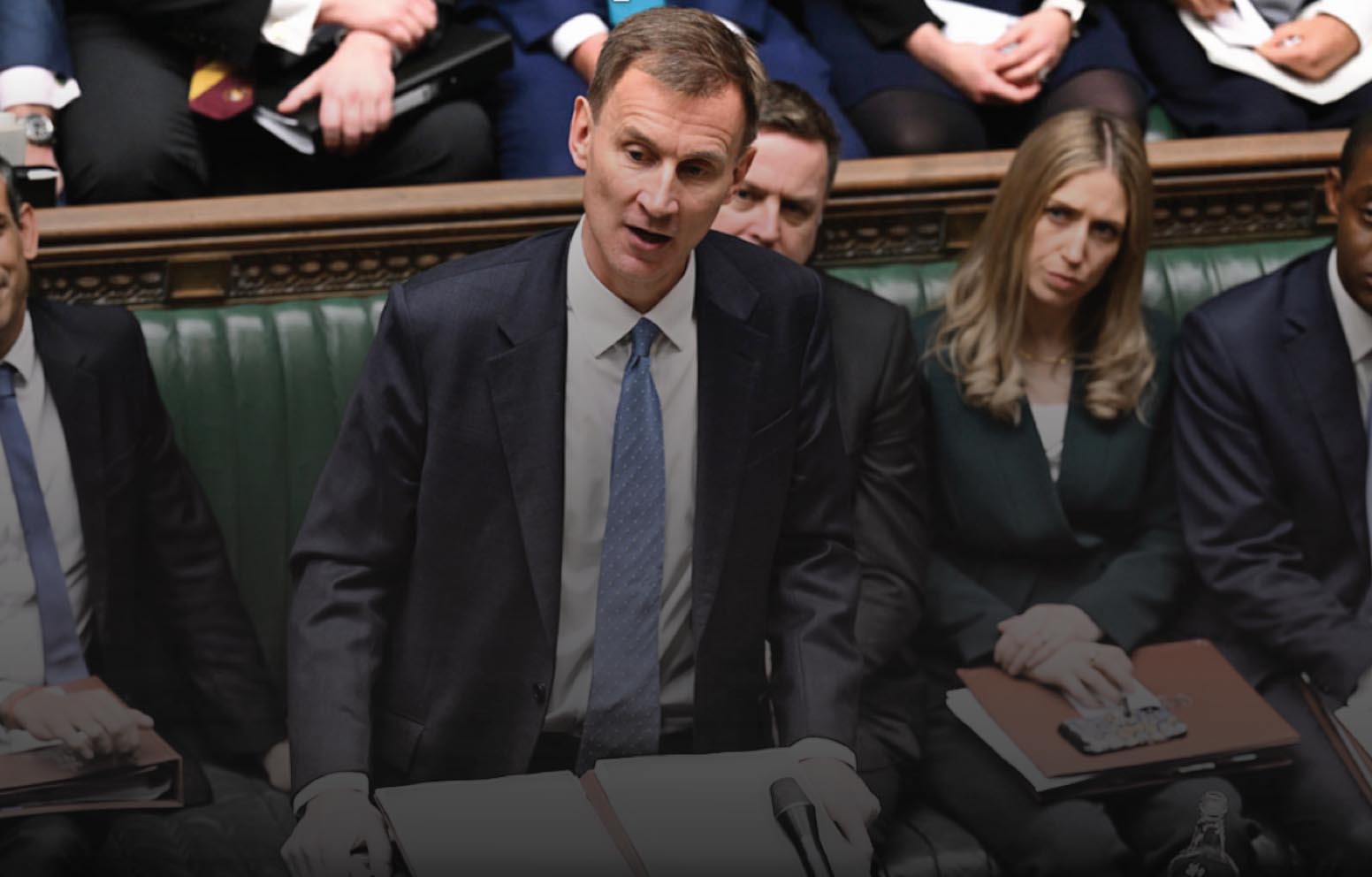

The UK government is introducing a new tax regime for vaping products. From initial proposals to eventual implementation, the policy has undergone several stages of adjustment and refinement, gradually forming a regulatory framework centered on a unified tax rate, an accelerated disposable vape ban, and strengthened compliance measures. The following outlines the development of this policy and its far-reaching implications for the industry.
March 2024
Initial Tax Proposal
In the Spring Budget of March 2024, then-Chancellor Jeremy Hunt first proposed a consumption tax on e-liquids, suggesting a tiered tax system based on nicotine concentration: £1 per 10ml for nicotine-free liquids, £2 for low concentrations, and £3 for high concentrations. The measure was scheduled for implementation in October 2026. The proposal aimed to preserve the price advantage of vaping over traditional tobacco products, reduce youth access, and generate revenue for public services.
October 2024
Policy Direction Finalized
In the Autumn Budget of the same year, Chancellor Rachel Reeves announced a significant shift in direction. The tiered tax structure was scrapped and replaced with a flat-rate duty: £2.20 per 10ml on all e-liquids, regardless of nicotine content, plus 20% VAT. The implementation date remained October 2026. In parallel, the government brought forward the ban on disposable vapes to June 2025 and advanced the legislative process for the Tobacco and Vapes Bill to strengthen controls on advertising, sales, and youth access.
2025
Legislative Development and Preparatory Measures
According to official statements from HM Treasury and HMRC, the government plans to submit the legislative text for the vaping duty and the Vaping Duty Stamps (VDS) scheme to Parliament in Autumn 2025, laying the legal foundation for enforcement. It will also launch a business registration mechanism, define tax liability, and outline the requirements for overseas manufacturers to appoint UK-based representatives for stamp management. All tax and stamping obligations will take effect from 1 October 2026.
Tax Structure and Scope
As outlined in government policy documents, starting 1 October 2026, the UK will impose a unified excise duty on all vaping liquids:
• Taxable items: All e-liquids, with or without nicotine
• Duty rate: £2.20 per 10ml
• Value Added Tax: Additional 20% VAT, bringing the total tax burden to £2.64 per 10ml for consumers
• Exempt items: Hardware components (e.g., atomizers, batteries) are exempt from the vaping duty and subject only to standard VAT
Implementation Timeline
To ensure smooth enforcement, the government has set out a phased implementation schedule:
October 2024: Vaping Products Duty and the stamp scheme confirmed in the Autumn Budget, followed by a technical consultation on compliance
Autumn 2025: Planned submission of formal legislation to Parliament
1 April 2026: Registration opens for businesses to apply for duty stamps and tax authorization; overseas manufacturers must appoint UK representatives
1 October 2026: Duty and stamp requirements take effect; all UK-manufactured or imported vaping products must bear tax stamps before sale
1 October 2026 to 1 April 2027: Six-month transition period during which products manufactured or imported before 1 October may be sold without stamps
1 April 2027: End of transition period; all products on the market must carry duty stamps or face seizure and penalties
Compliance Mechanisms and Regulatory Measures
According to HMRC guidelines, the duty stamp system will combine physical stamps with digital traceability features, incorporating anti-counterfeit designs, supply chain tracking, and metadata records. Each stamped product must log key information such as manufacturer, volume, stamping date, and release date.
Overseas manufacturers wishing to apply stamps at the point of production must appoint a UK-based legal representative, who will be held financially and legally responsible for any discrepancies or misuse. Only HMRC-approved businesses may order and apply duty stamps.
In addition, the government plans to introduce a Nicotine Approval Scheme to regulate the domestic supply of nicotine, aiming to prevent the illegal circulation of concentrated nicotine and combat unregulated production.
Tax Reform Driving Structural Change in the Industry
The introduction of the UK vaping duty marks a significant shift in the country's regulatory approach to vaping. Taxation is no longer merely a fiscal tool but has become an instrument for steering product structures, curbing illicit flows, and advancing regulatory consistency across the sector.
For businesses, this policy will significantly impact product formulation, packaging standards, supply chain management, and pricing strategies. Preparing for registration, integrating with the duty stamp system, and aligning product lines with the new rules will be core compliance priorities before 2026.
From a regulatory design perspective, the UK's adoption of a flat-rate duty combined with a stamp-based compliance system offers a clear reference model for international markets. It also sends a strong policy message that vaping products, as alternatives to combustible tobacco, are being incorporated into the same regulatory category. This transformation not only reshapes the regulatory landscape in the UK but is also expected to exert long-term influence on how other jurisdictions approach vaping industry governance.
References
ASH comment on Budget decisions on tobacco and vaping
Learn more
Hangsen European E-Liquid Solutions
Overview of Vape Taxation in the EU
Ireland to Introduce E-liquid Products Tax
Hangsen International Group
Hangsen is a world-leading manufacturer of e-liquid, providing premium white-label e-liquid services and customized production solutions for vape devices. Hangsen e-liquid maintains high levels of consistency, stability, safety, and regulatory compliance. Our business operations span across more than 80 countries and regions worldwide.
Feel free to Contact us at service@hangsen.com or leave a message on our Contact page.